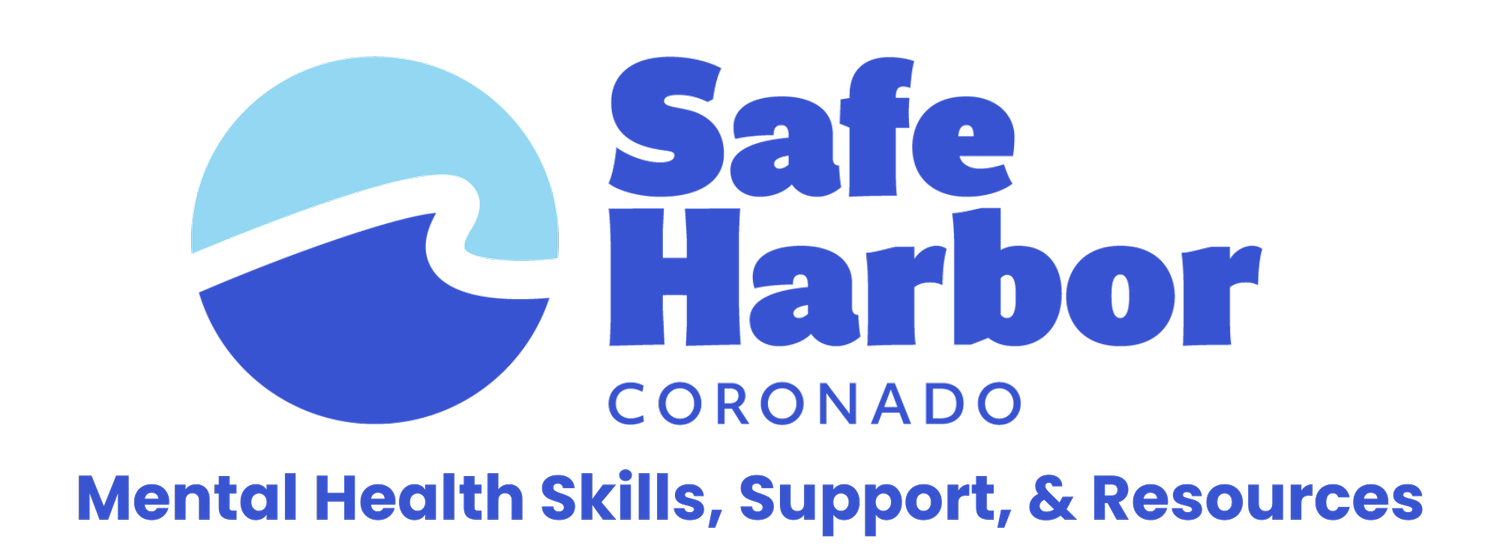4 Steps for Responsible Decision-Making
An Emotional Intelligence 5-Part Series
Part 5: Decision Making
Decisions. Most of them are light and have relatively low stakes. Every day, we make decision after decision, often without pause. But life also brings more difficult decisions, like those involving personal wellness, relationships, goals and transitions. As our community reopens, so does a world of previously dormant decision-making in the return to pre-pandemic activities and socialization. Many people might be feeling some combination of anxiousness, restlessness, relief or rejuvenation—all emotions that can distort our decisions.
How do we put ourselves in the best position to make the best decision possible in any given situation? Adults and youths alike can use this simple, four-step check:
1. What Is the Problem?
The first step is to recognize that there is a decision to be made. Big decisions beyond those of our everyday lives are usually attached to a problem, issue or challenge. Naming the problem can provide a starting point for a true decision-making process, particularly for children learning to make decisions with guidance from parents and counselors. Identifying the problem helps the brain create organization and puts a natural pause on impulse.
2. What Is the Solution?
Most decisions allow various or event countless routes to both positive and negative outcomes. After stating the problem, list on paper every possible solution, including those that might not yield ideal results. “Bad” and “wrong” solutions are as valuable in this step as “good” and “right” ones! Seeing a written list helps us move thoughts out of our heads and into a plan of action. It can also help to relieve anxiety.
3. What Is My Decision?
With everything in front of us, we can evaluate the potential consequences, including for others who may be impacted by the decision at hand. We can also take into account past experiences and outcomes. Even in decisions that feel monumental, remember that they are not necessarily final. We live with and learn from our decisions as part of our journey in life. When you approach decision-making with a problem-solving mindset, you can expect your decisions to be favorable or, if things don’t go as planned, at least fixable.
4. Am I Happy with My Decision?
The pandemic turned virtually all of our pastimes into downtime, perhaps with the slightest silver lining that we gained space to reflect. As our lives become busy again,
self-reflection will hopefully hold its place in our “new normal” routines. Reflecting on both successful decisions and regretful ones can provide powerful teaching moments for mental wellness. Children, especially, reap the benefits of debriefing on a recent decision, whether to celebrate a problem solved, troubleshoot a new solution, or simply rehearse the steps for future decisions.
It feels good to take complete control of your decisions and be both confident and comfortable with accountability. At Coronado SAFE, you can access local workshops and resources to sharpen your and your children’s decision-making toolkit. Visit SAFEharborcoronado.org to see our upcoming events, sign up for our e-newsletter, and follow us on social media @CoronadoSAFE.
